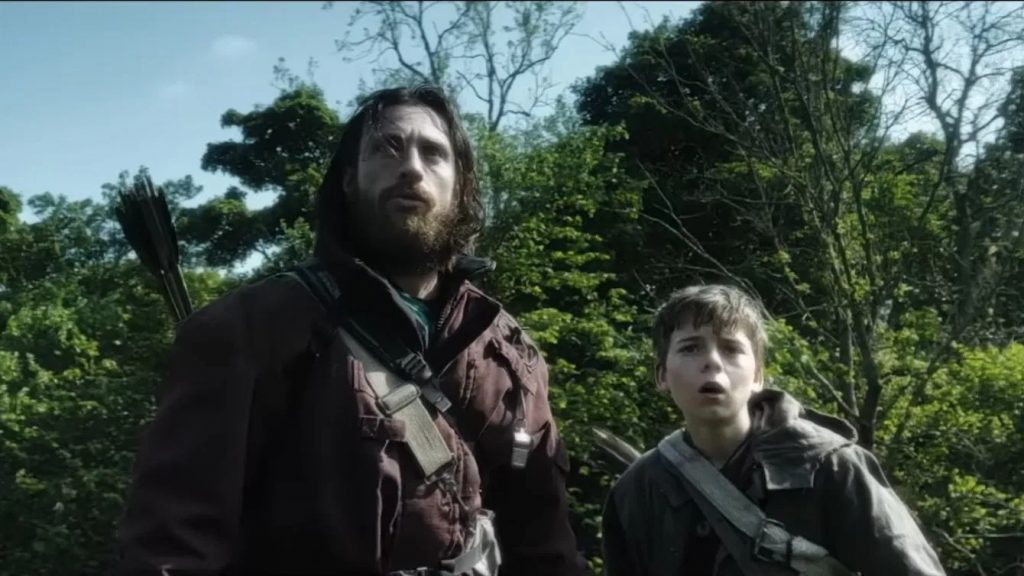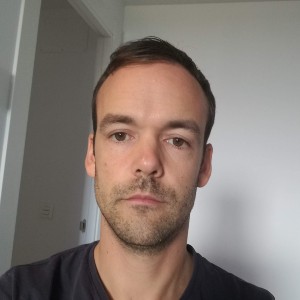28 Years Later was filmed with an iPhone

Nearly three decades after 28 Days Later rewrote the zombie rulebook, Danny Boyle and Alex Garland are back with a bold, bizarre, and deeply British sequel – 28 Years Later. Shot entirely on an iPhone, this chilling new instalment blends horror, satire and social commentary in ways few saw coming.
Filmed on an iPhone – Is this the future of cinema?
Boyle’s decision to shoot 28 Years Later entirely on an iPhone wasn’t just a technical decision – it was a creative manifesto. The smartphone cameras, mounted on lightweight rigs, allowed the crew to shoot more spontaneously, capture tighter spaces, and pull off unsettling handheld sequences without the cost and bulk of traditional cinema equipment.
The new technology changing the filmmaking. Critics and audiences have been split – some praising the immediacy and emotional proximity the iPhone provides, others finding it too shaky for their taste. But love it or hate it, it raises an intriguing question: if a major studio horror film can be shot on a phone and still fill cinemas, what happens next? Are we witnessing the beginning of a new cinematic standard?
iPhone Filmmaking: Trend or Turning Point?
Smartphone cinematography isn’t new – directors like Steven Soderbergh (Unsane) and Sean Baker (Tangerine) have done it before. But 28 Years Later is the first true blockbuster to fully embrace the method. Shooting on iPhone gave the film agility.
This approach could redefine low-budget and mid-budget filmmaking – especially in horror, where intimacy and immediacy matter more. Indie filmmakers now have proof: if you can tell a great story, your phone might be all the camera you need.
Shot in the bones of Britain
Boyle and his team shot across the UK – from Northumberland’s coastal Lindisfarne to Yorkshire’s Gothic abbeys and the concrete underbelly of modern London. Britishness oozes through every frame: Happy Eater signs rusted over, council estates reclaimed by ivy, abandoned newspapers quoting outdated politics. It’s a film about a virus, yes – but also about a country unsure of its own history.
A Nightmare Worth Experiencing
28 Years Later is now on cinema. It’s unsettling, risky, and deeply weird – but undeniably original. More than that, it might quietly reshape how horror and film in general gets made in the years to come.
Will all films be shot on iPhones someday? Probably not. But Boyle has proved that with the right story and bold vision, you don’t need an army of cameras to change the game. You just need a virus, a vision and a smartphone.
Check out what other movies are on TV tonight here.

